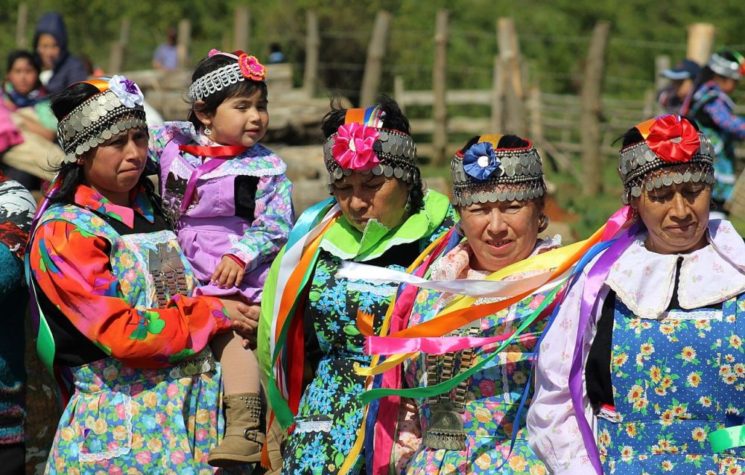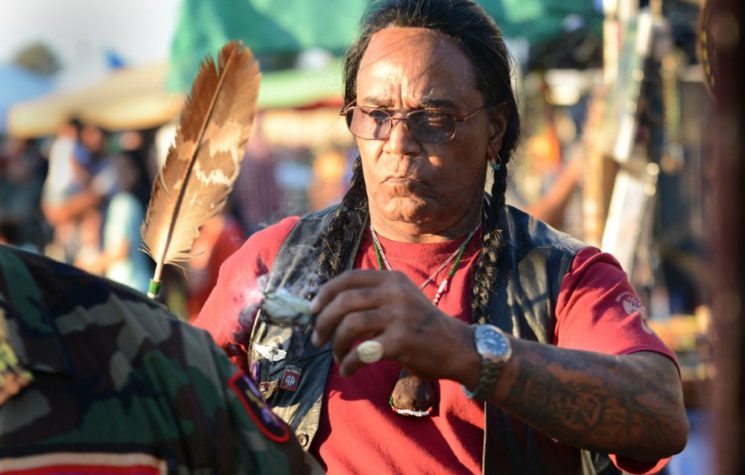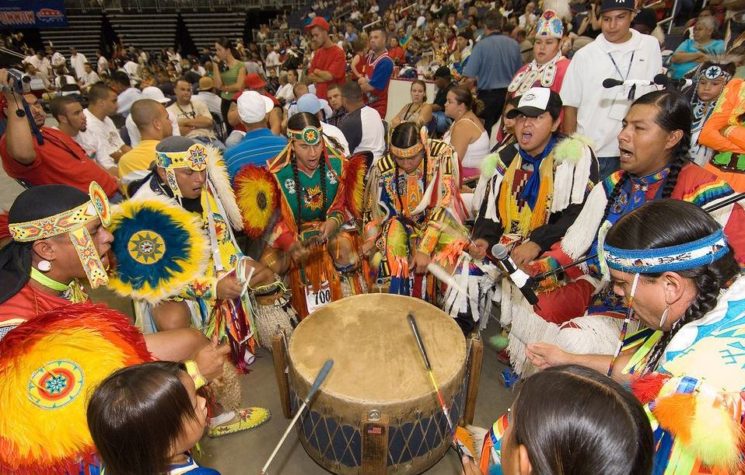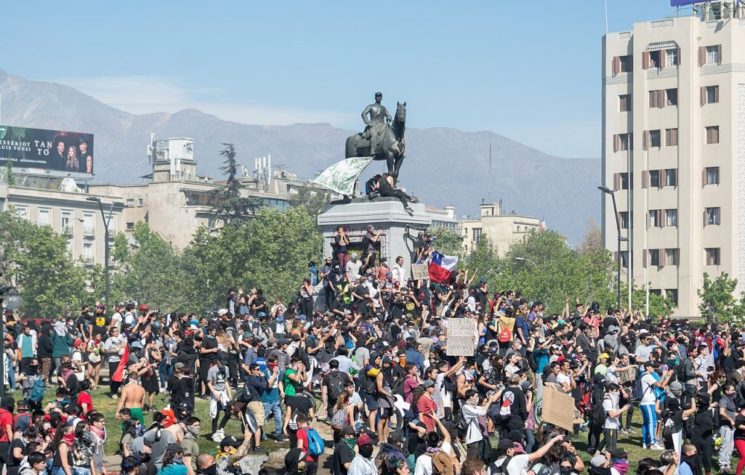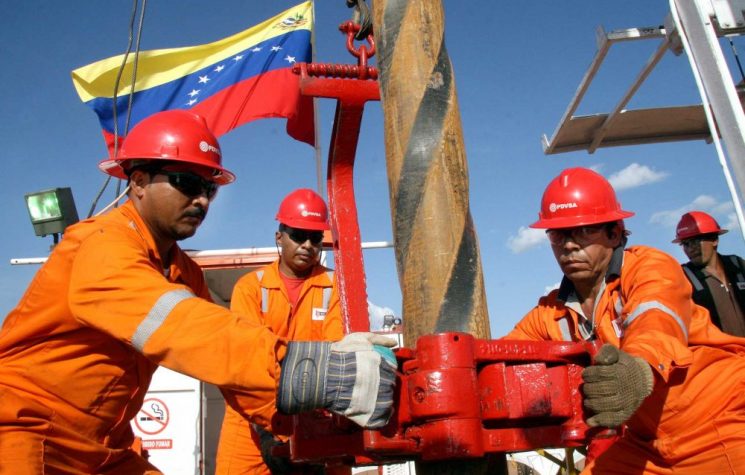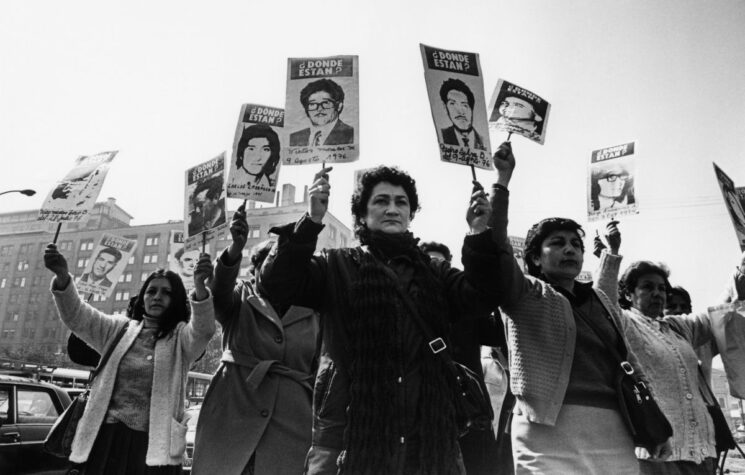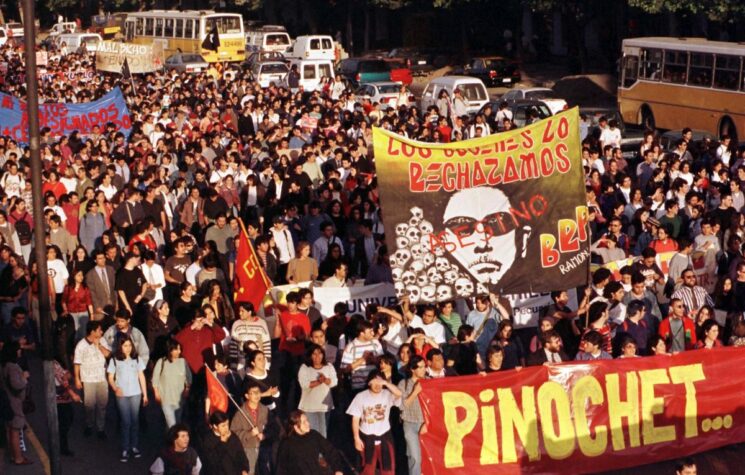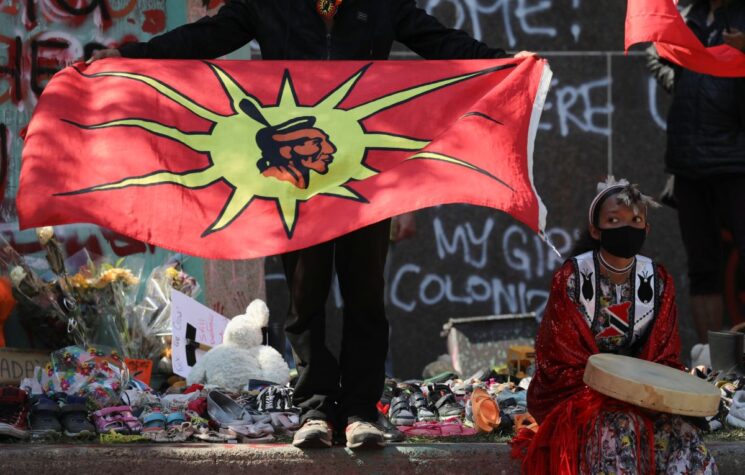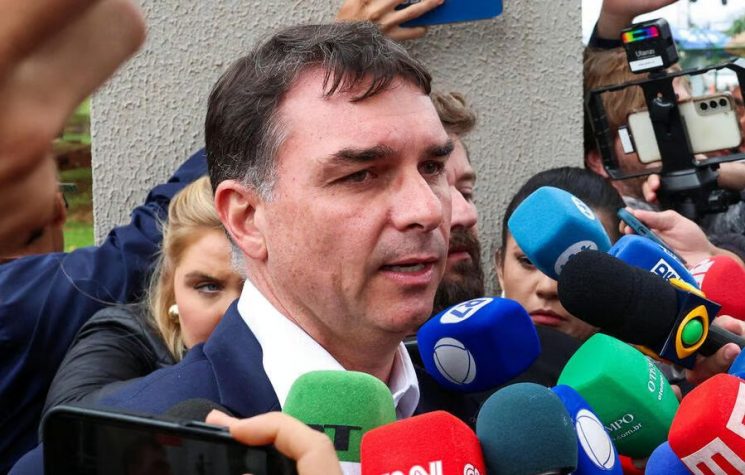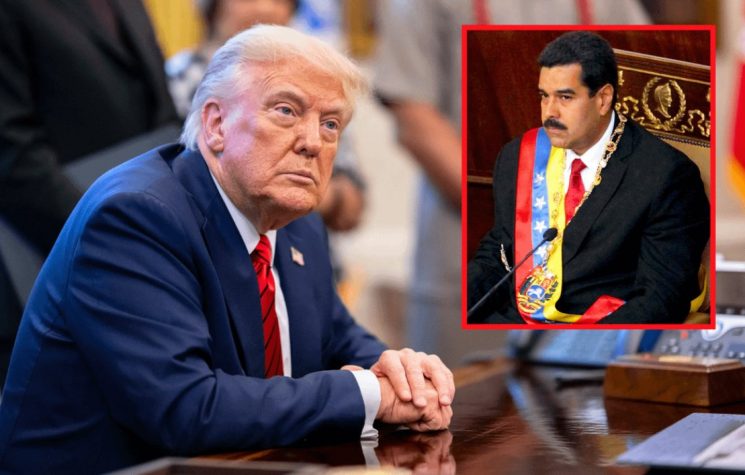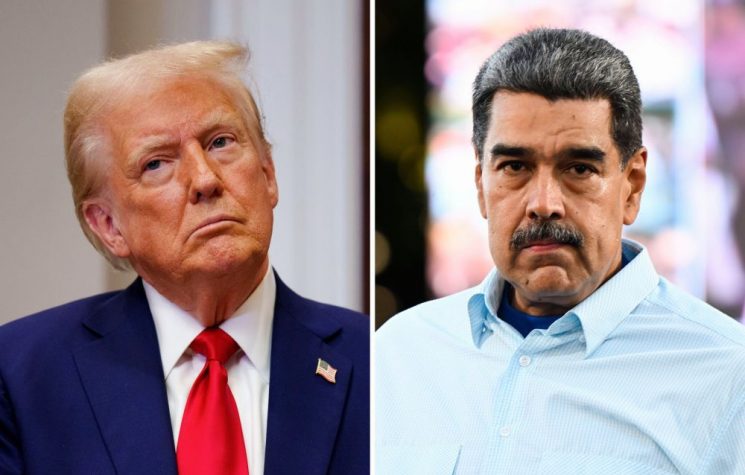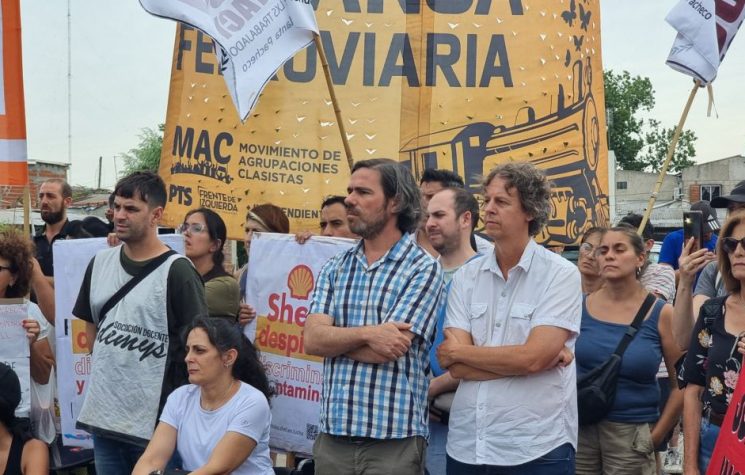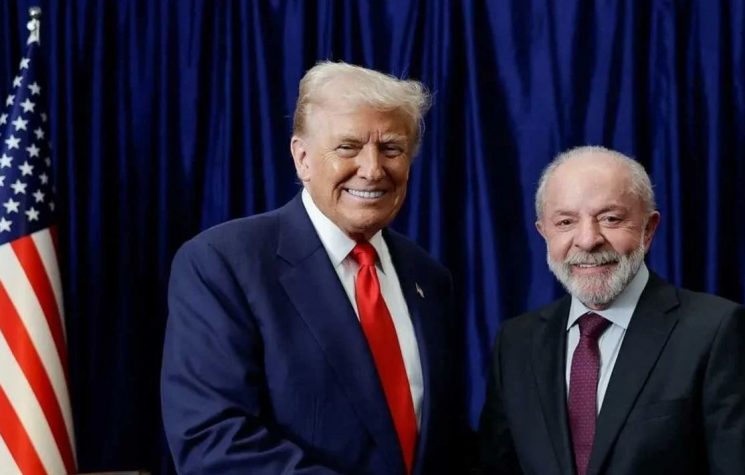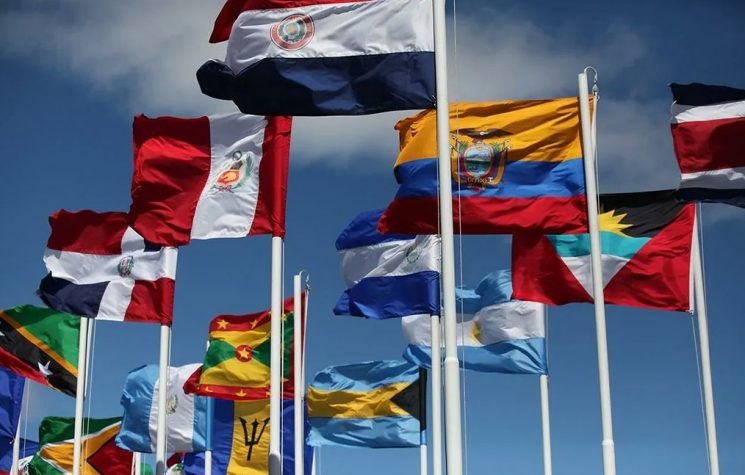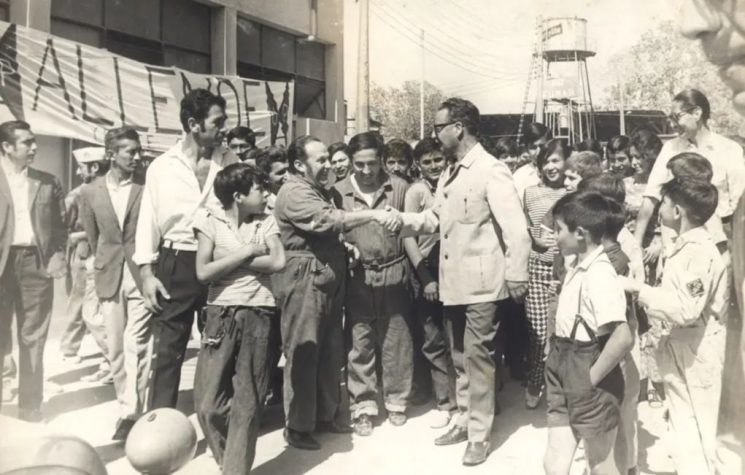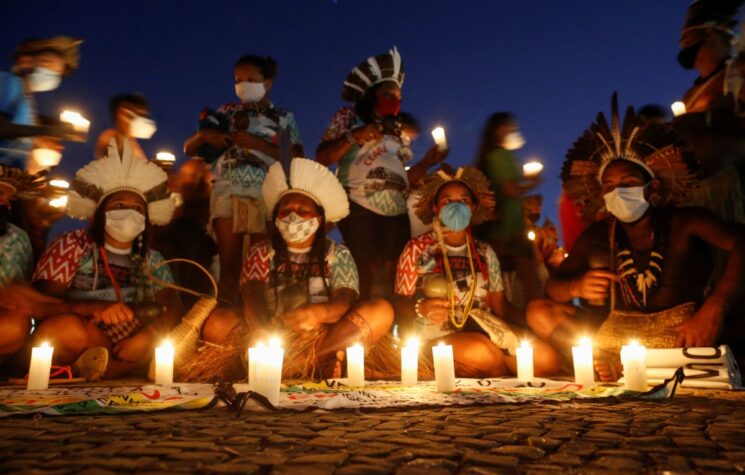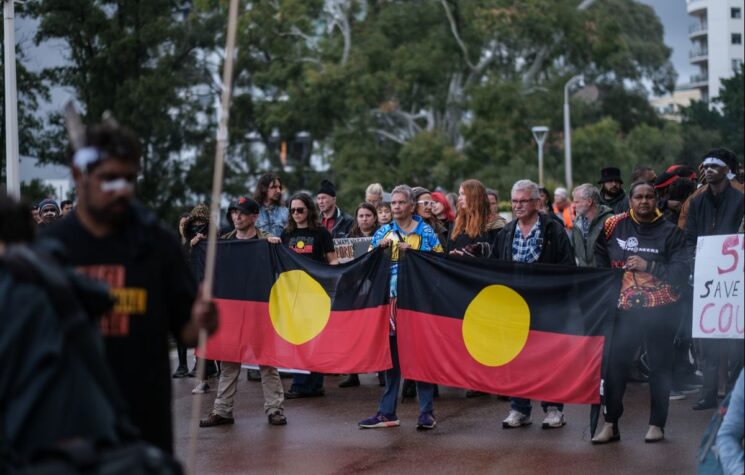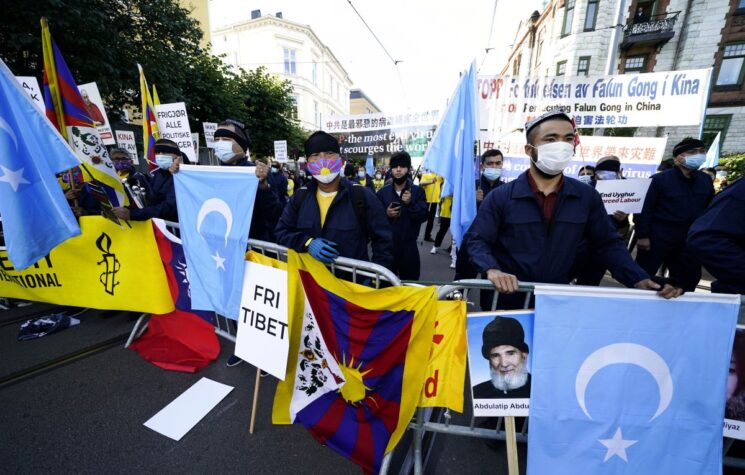The Chilean courts have indicated yet another valid reason as to the importance of sustaining the protests staged across the country to eliminate the dictatorship era’s neoliberal politics. An appeal to halt the Canadian mining giant Barrick Gold’s Pascua Lama project has been rejected by the Chilean Supreme Court, despite objections due to water contamination and damage to the environment and indigenous communities in the Huasco Valley.
This decision runs contrary to the environmental court order issued in 2018 to permanently close the Pascua Lama mining site on the Chilean border. Since 2013, Barrick Gold had its gold and silver mining project suspended as indigenous communities mobilised to protect their environment and livelihood. In January 2019, the mining giant was fined $11.5 million. Earlier in 2013, Barrick Gold was also fined over $16 million for environmental offences, including water contamination.
With this latest court ruling, the Pascua Lama mining project, which seeks to extract gold, silver and copper over a period of 17 years, is set to proceed. Environmental activists and indigenous communities depending upon glacier water for irrigation have persistently protested the project, which will damage the glaciers due to the gold, silver and copper deposits being located underneath the ice. In 2006, Barrick Gold had proposed moving the glacier ice from the Toro 1, Toro 2 and the Esperanza glaciers to facilitate their exploitation of the region’s resources.
Indigenous communities are not giving up their struggle. With major projects planned for the Huasco Valley, the area is becoming known as a sacrificial zone, due to the environmental and health impact the mining projects will have upon the population. Quintero is another town officially known as a sacrificial zone due to industrial pollution of the area which has resulted in health and environmental hazards for the locals.
It is not without reason that the community was cautious over the January 2018 decision to definitely close the Pascua Lama project. Chile is known as an investor friendly country when it comes to multinational companies, to the detriment of the indigenous populations whose livelihood is dependent upon farming. Since the 1990s, which coincided with the fall of dictator Augusto Pinochet and the Chilean transition to democracy, mining companies played into Chilean politics by supporting the Concertacion governments. In return for such support, subsequent governments from the dictatorship onwards made concessions to foreign mining companies that paved the way for the country’s exploitation of natural resources.
Pascua Lama’s predicament is by no means the sole controversy in Chile, although it is the most prominent due to the ongoing mobilisation and court rulings. In 2018, Augusto Pinochet Hiriart, the son of former dictator Pinochet, requested a mining permit for a 65 hectare area in Quilpue, the Valparaiso region, to mine copper, gold, silver and other minerals. Quilpue’s mayor objected to the application and requested the municipal tribunal to take ethics into consideration, given the problems the region is facing with drought and high levels of pollution.
Since the protests in Chile started, mining has been adversely affected as workers went on strike and joined the nationwide mobilisation. Analysts have blamed a possible increase of unemployment upon the protests, rather than the Chilean governments’ refusal, since the transition to democracy, to create the conditions for social justice.
The Chilean people’s call for justice is reminiscent of the Popular Unity manifesto, in which left-wing President Salvador Allende had promised the party would “establish its strength and authority in the support provided by the organised people.”
In Pascua Lama, the indigenous communities’ struggle for their survival must not be overlooked, but rather referenced to strengthen the protest narratives which have catapulted Chile into the possibility of altering its political horizons.








